Apple has been quietly laying the groundwork for what might be its most compelling product reveal in years. The Vision Pro grabbed headlines for its technical bravado, yet recent strategic shifts reveal Apple has redirected its focus from high-end mixed reality headsets to AI-powered smart glasses. It has halted development of a more affordable Vision Pro variant to accelerate work on lightweight wearables that could launch as early as 2027. With the wearable AI market projected to explode from $48.82 billion in 2025 to $260.29 billion by 2032, the pivot looks less like a gamble and more like a clockwork move.
Why Apple’s timing couldn’t be better
The smart glasses market has real momentum. Global smart glasses sales grew by 110% year-over-year in the first half of 2025, according to Counterpoint Research. And Meta has sold over 2 million Ray-Ban Smart Glasses units. That is not a niche. That is a line out the door.
More telling is the shift in behavior. The artificial intelligence glasses market has reached its inflection point in 2025, with Meta’s Ray-Ban collaboration demonstrating consumer demand and driving 210% year-over-year growth. This is not just about new hardware, it is about people embracing AI wearables as everyday tools.
The growth curve is steep. AI smart glasses sales are expected to surge from just 1.52 million pairs in 2024 to 90 million pairs in 2030. That jump does not look like gradual adoption, it looks like a category hitting the mainstream.
Analyst Ming-Chi Kuo projects Apple will ship 3-5 million smart glasses units in 2027. The timing matters. When Apple shows up, skeptical buyers tend to look twice, and the whole market usually gets a lift.
The secret sauce: Custom silicon and AI integration
Apple is not bolting off-the-shelf parts together. It is developing a specialized N401 chip optimized specifically for power efficiency and AI processing, with mass production expected to begin by late 2026 or 2027 through TSMC partnerships. Custom silicon is the playbook, and it keeps paying off.
Consider the matchup. Meta leans on Qualcomm’s Snapdragon processors. Apple designs for a single job: smart glasses. The low-power glasses processor, based on Watch architecture, is designed to run all day, which tackles the biggest wearable fear, battery anxiety.
The glasses will reportedly ship with cameras, microphones, and speakers, enabling what Apple calls “Visual Intelligence”, a new AI system that builds on Siri but incorporates multimodal inputs. It is a shift from voice-only assistants to tools that can see, hear, and understand context around you. Picture this: ask your glasses about a restaurant you are staring at, get reviews, menus, and dietary picks that match your preferences, all powered by Apple’s existing ecosystem integration with Siri, Maps, and iMessage.
Apple also plans to lean on ARKit. ARKit will play a pivotal role in jumpstarting an app ecosystem for smart glasses, giving developers familiar tools from day one. That ecosystem head start could be decisive. Competitors need to build communities from scratch.
Learning from Vision Pro’s challenges
The Vision Pro taught some hard lessons about price and purpose. Starting at $3,499, the Vision Pro priced itself into a corner, and sales have reached only around 500,000 units, fewer than Apple’s projections. The tech wowed. The daily utility did not.
Smart glasses aim at the opposite target. Everyday usefulness. Accessibility. Bloomberg/industry coverage says mass production of the glasses' chip (and device preparation) is targeted for late 2026 or 2027, a signal that scale and cost, not specs for spec’s sake, are the priority.
That mirrors what is winning today. Meta currently dominates with over 60% market share because its glasses look and feel like regular eyewear. Apple appears to be following that playbook while layering in the ecosystem and silicon advantages it is known for.
Unlike the bulkier Apple Vision Pro, which focuses on immersive augmented reality, the upcoming Apple Glasses are expected to be lightweight, resembling traditional eyewear while embedding advanced AI capabilities. It is a shift from revolutionary showpieces to invisible enhancements. Most people want tech that slots into their day, not tech that takes it over.
The Vision Pro found traction with enterprises, and it generated pilots in 50% of Fortune 100 companies within three months of its launch. Consumer adoption, though, did not follow. Smart glasses offer a more natural entry point for the mainstream, no face computer required.
Where do we go from here?
Apple’s smart glasses are more than another product line. They hint at a different way to compute. The pursuit of AI-driven glasses suggests a broader vision for the future of personal computing, where wearables could replace traditional screens for many tasks.
The timing also syncs with Apple’s AI ambitions. Apple has been playing catch-up against OpenAI and Google, but glasses are a perfect stage for Apple Intelligence features. Real-time translation, contextual overlays, seamless handoffs all click when the interface sits on your face instead of in your pocket.
The market picture supports that bet. Apple’s entry is expected to push total market shipments beyond 10 million units in 2027, which tends to lift every player. This market expansion effect (Apple legitimizes the category for cautious buyers) has played out with smartphones, tablets, and smartwatches.
What tilts the board is structure. Apple’s bespoke hardware and retail stores will give it an advantage over Meta, which relies on Qualcomm and EssilorLuxottica for Ray-Ban’s processors and distribution. Apple owns the stack from chip design to the table where you try them on, which usually produces a smoother experience.
PRO TIP: If you are watching this space, keep an eye on developer activity around ARKit and Apple’s AI frameworks. The best apps will come from teams who understand wearable constraints and real-life habits.
The developer flywheel matters too. A large developer ecosystem and years of dabbling in augmented reality (AR) and mixed reality (MR) on iPhones and iPads provide fertile ground for an expansive app ecosystem for future wearables. Developers already know ARKit and Apple’s design playbook, so they can move fast.
Bottom line: Apple’s smart glasses make sense because they match a clear market opening and a strategic need. With Meta proving demand and the wearable AI market primed for growth, the move from Vision Pro to everyday glasses is not just smart, it is necessary for the next era of personal computing. The real question is not whether Apple can ship the product, it is whether it can use its ecosystem to redefine the category like it did with phones, tablets, and watches.




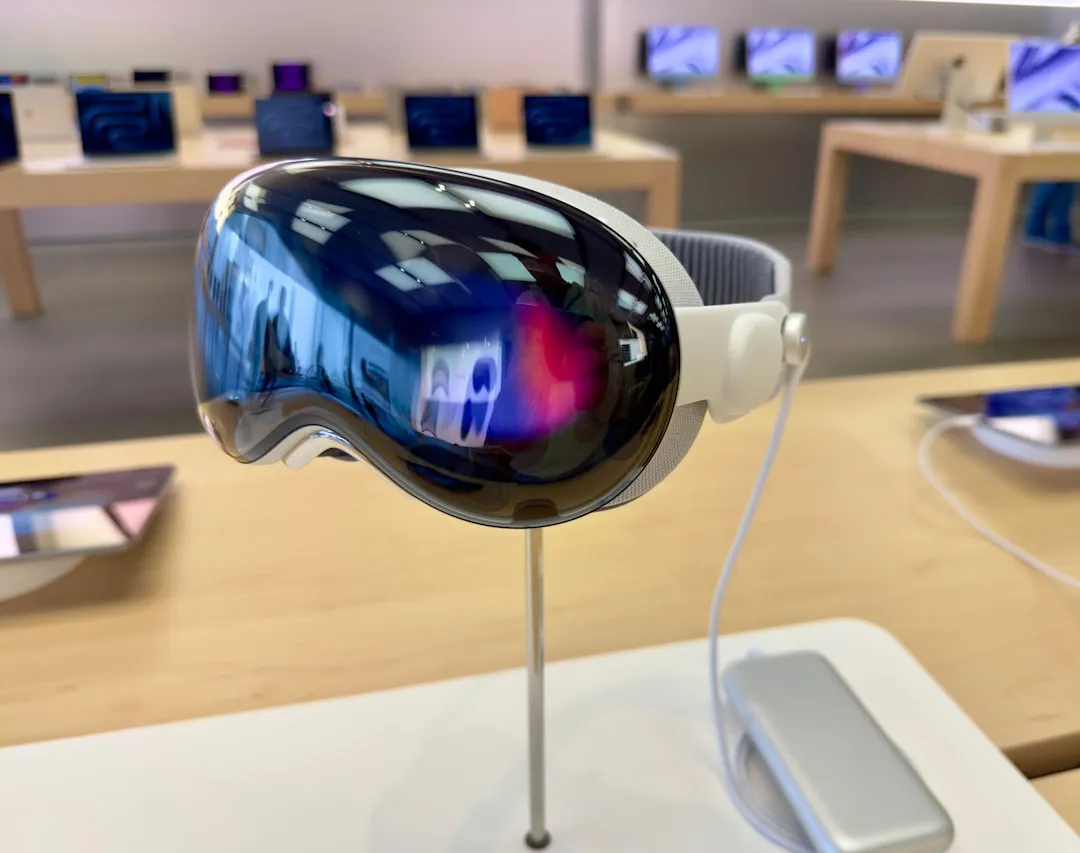
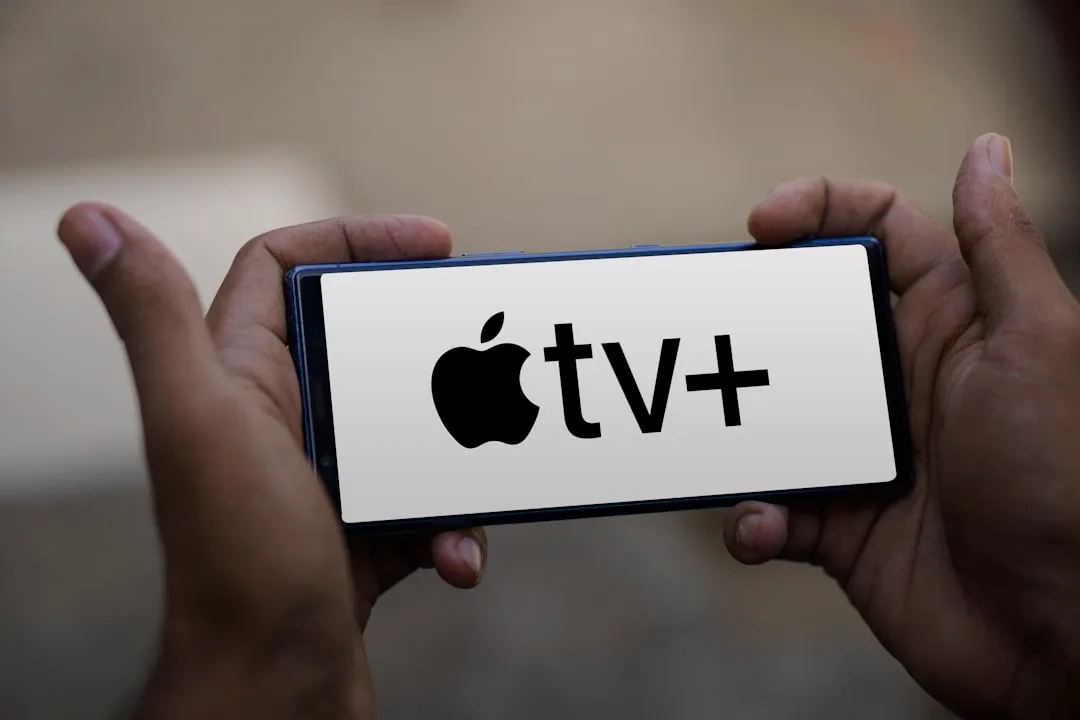

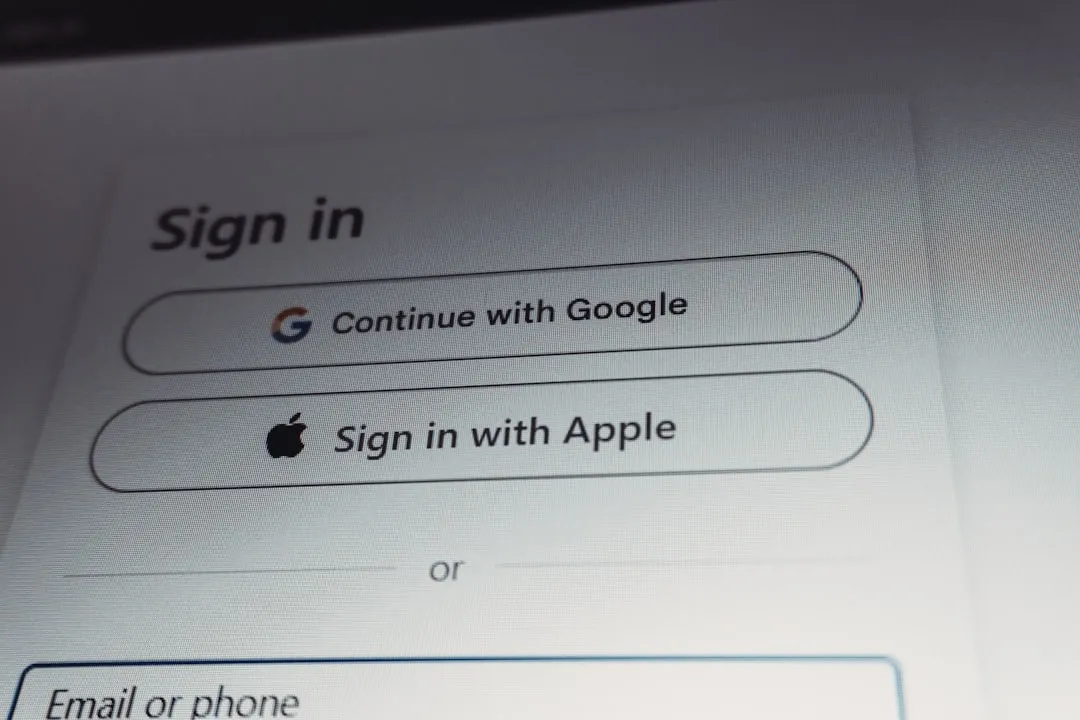
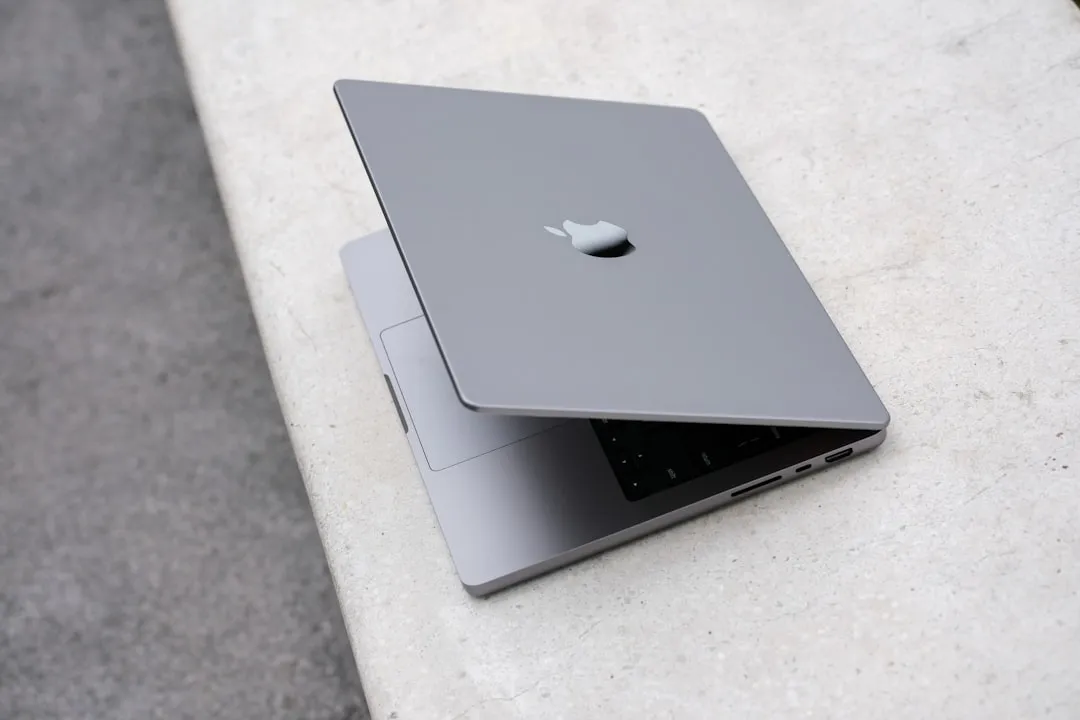


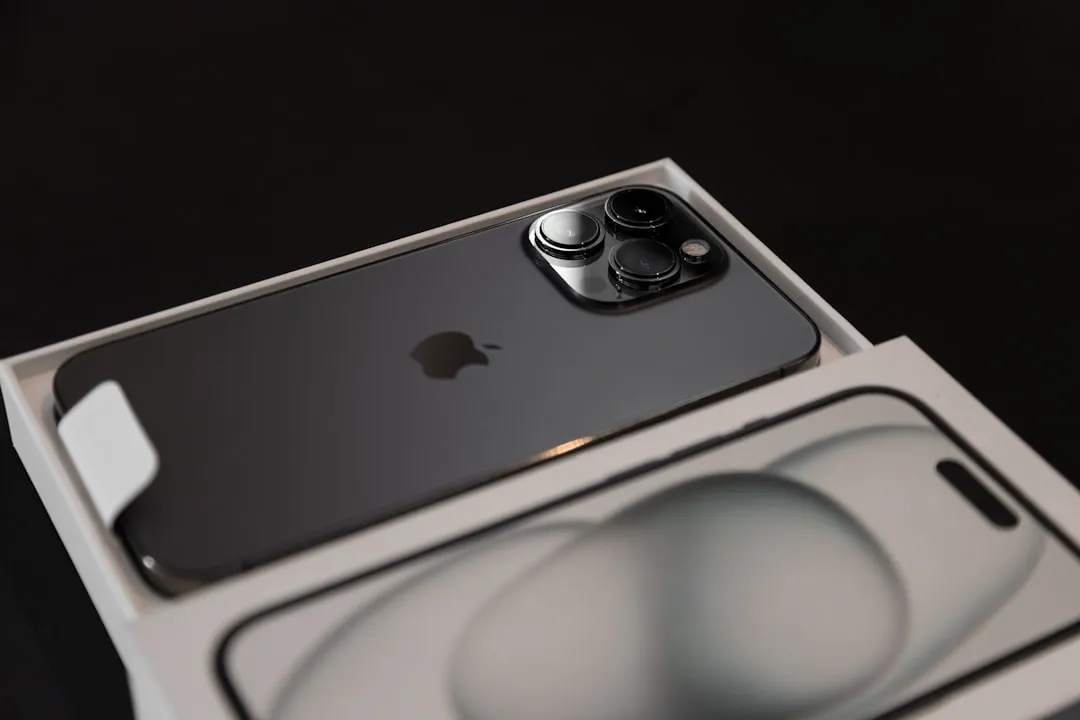
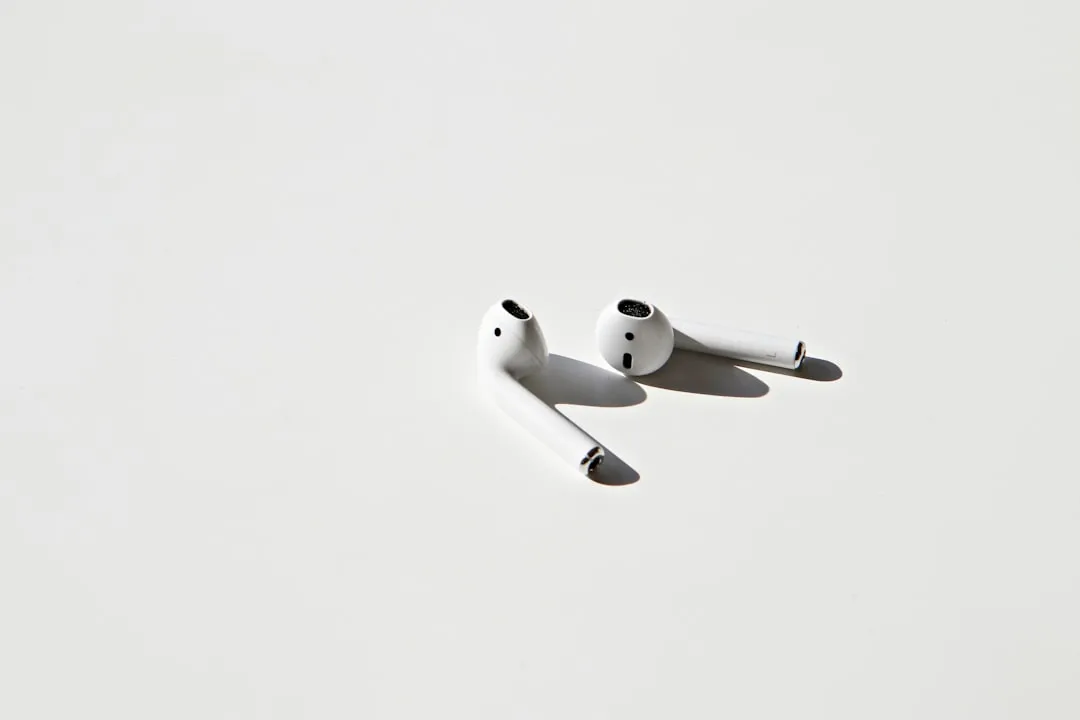
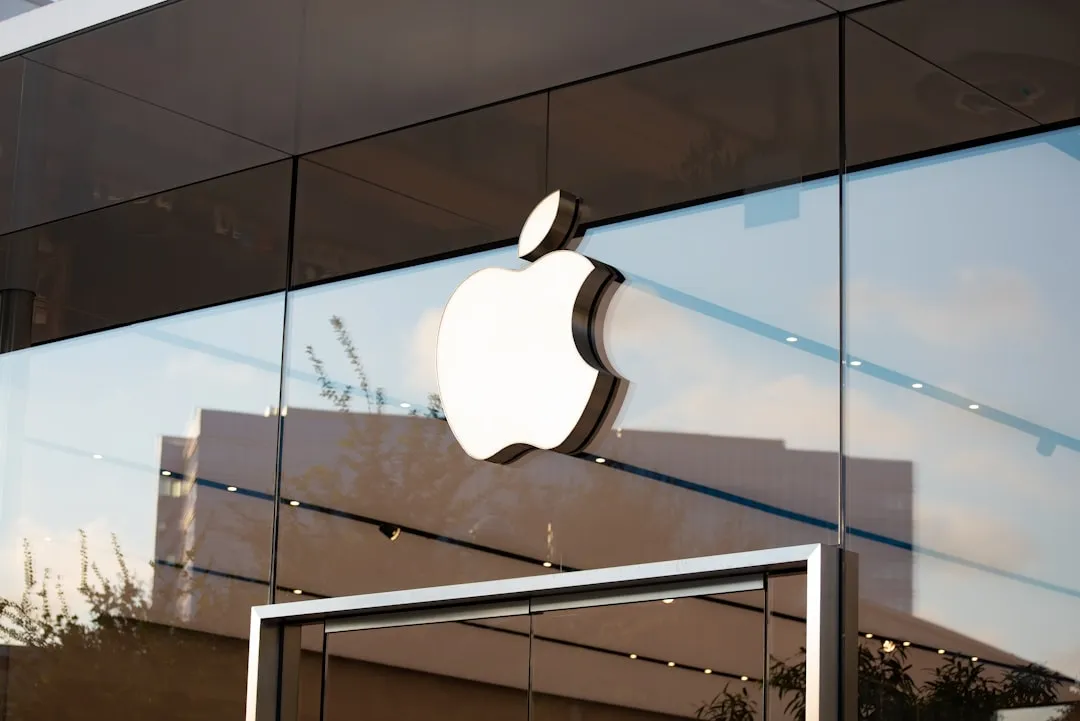

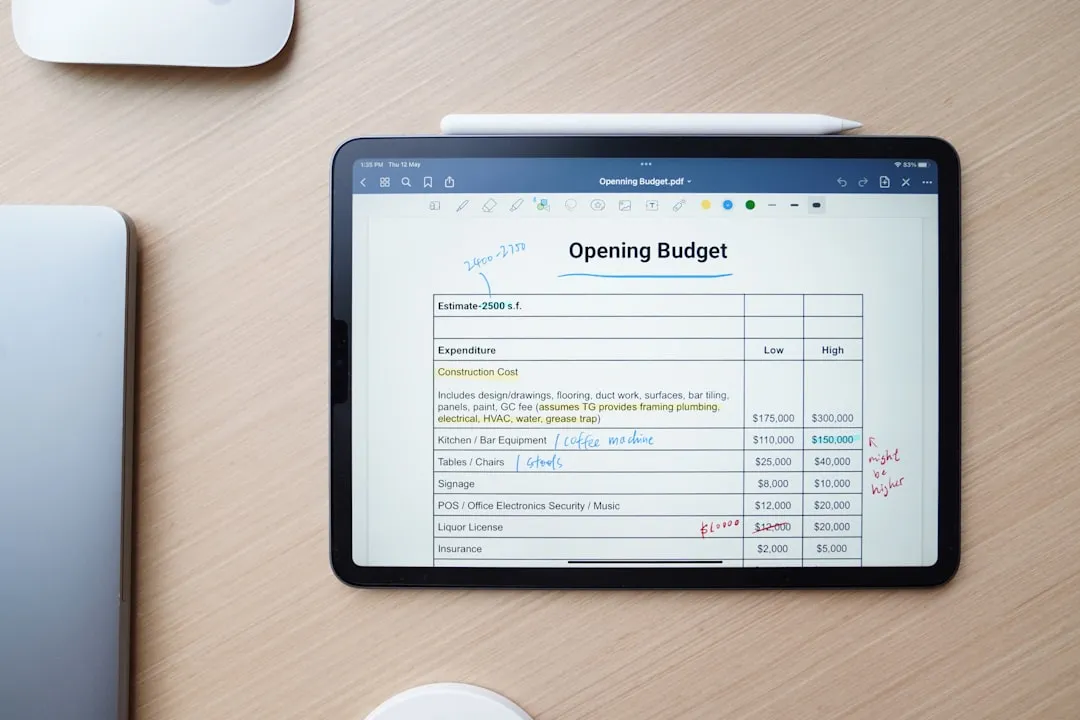

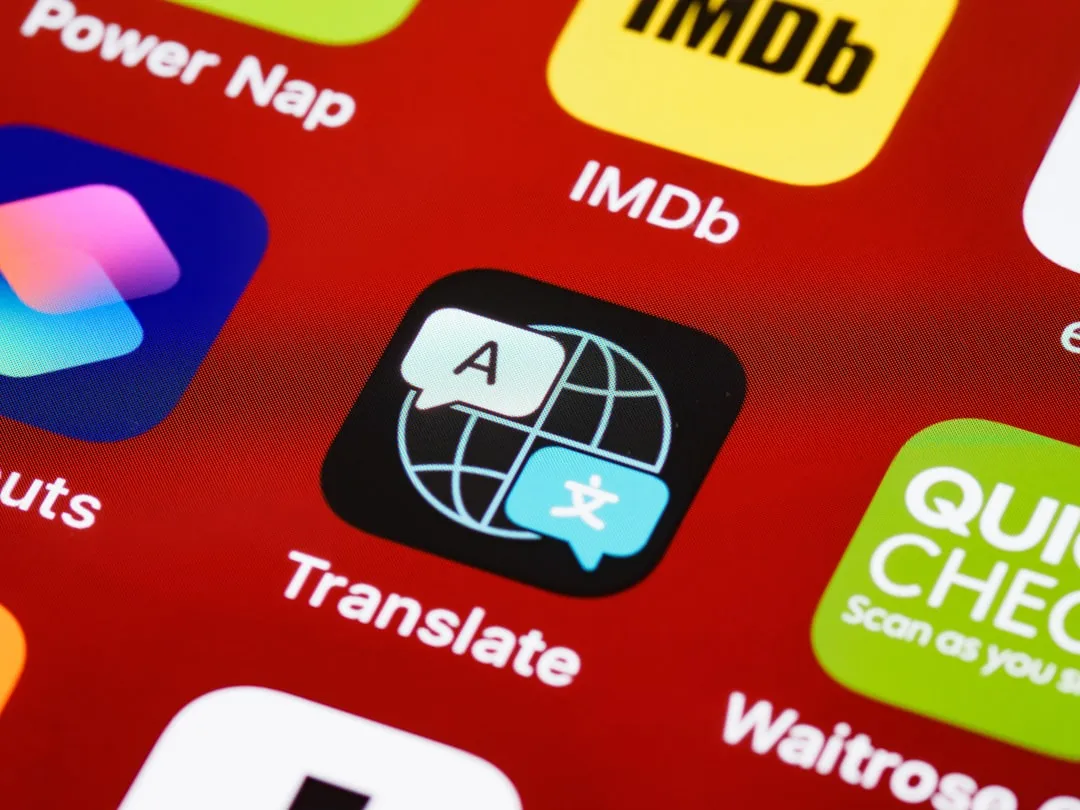



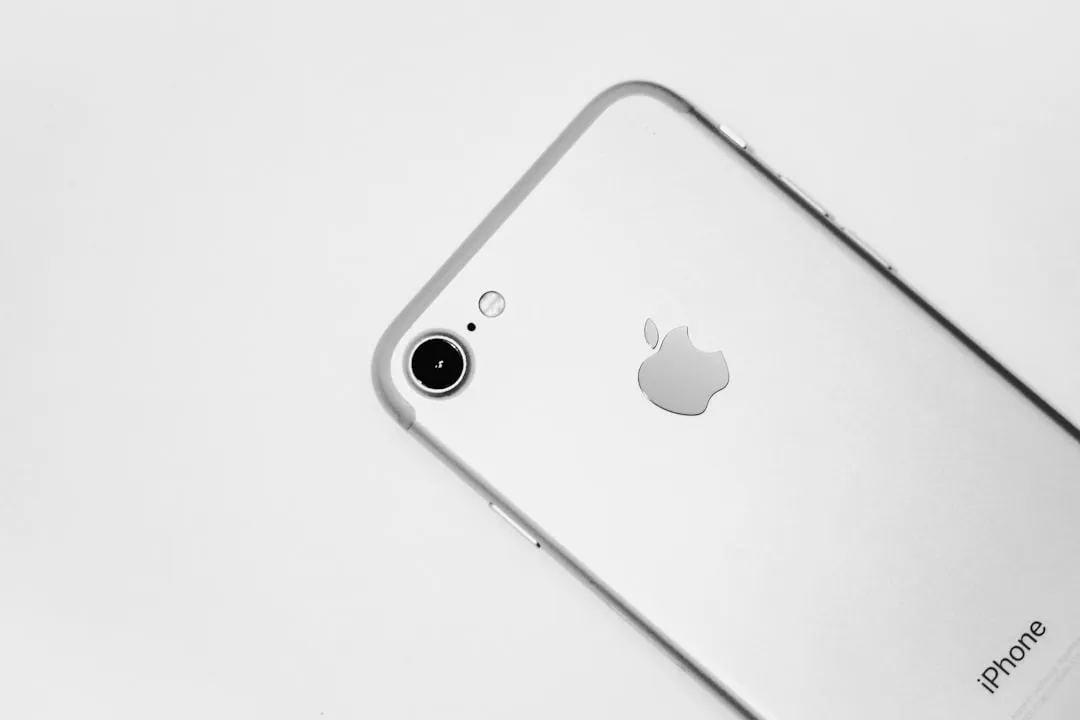
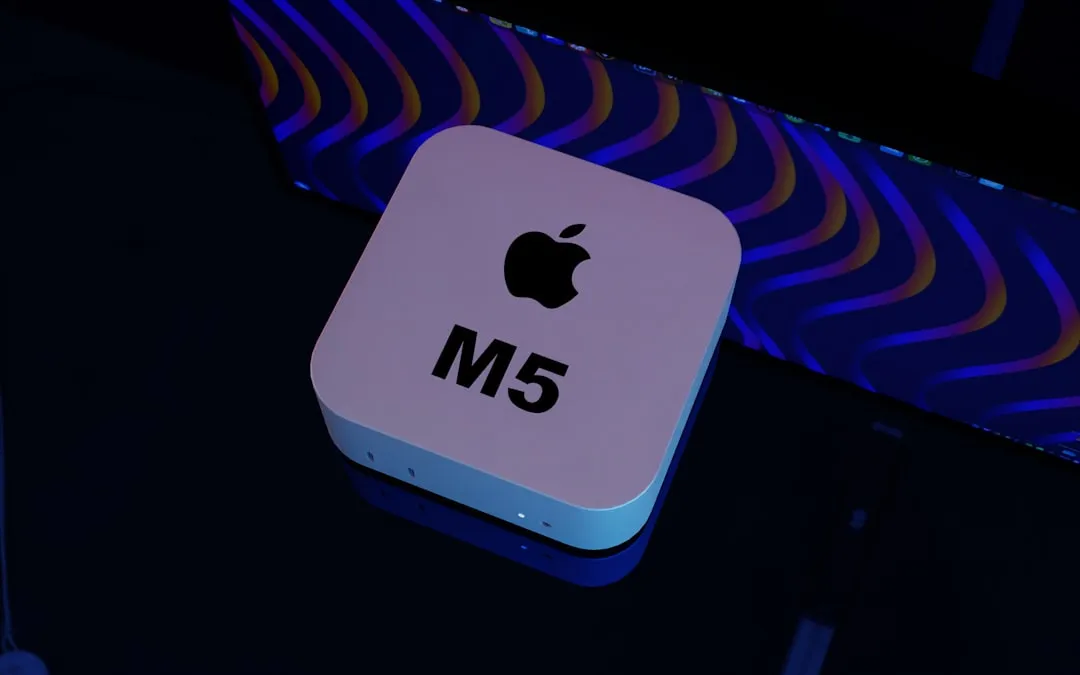
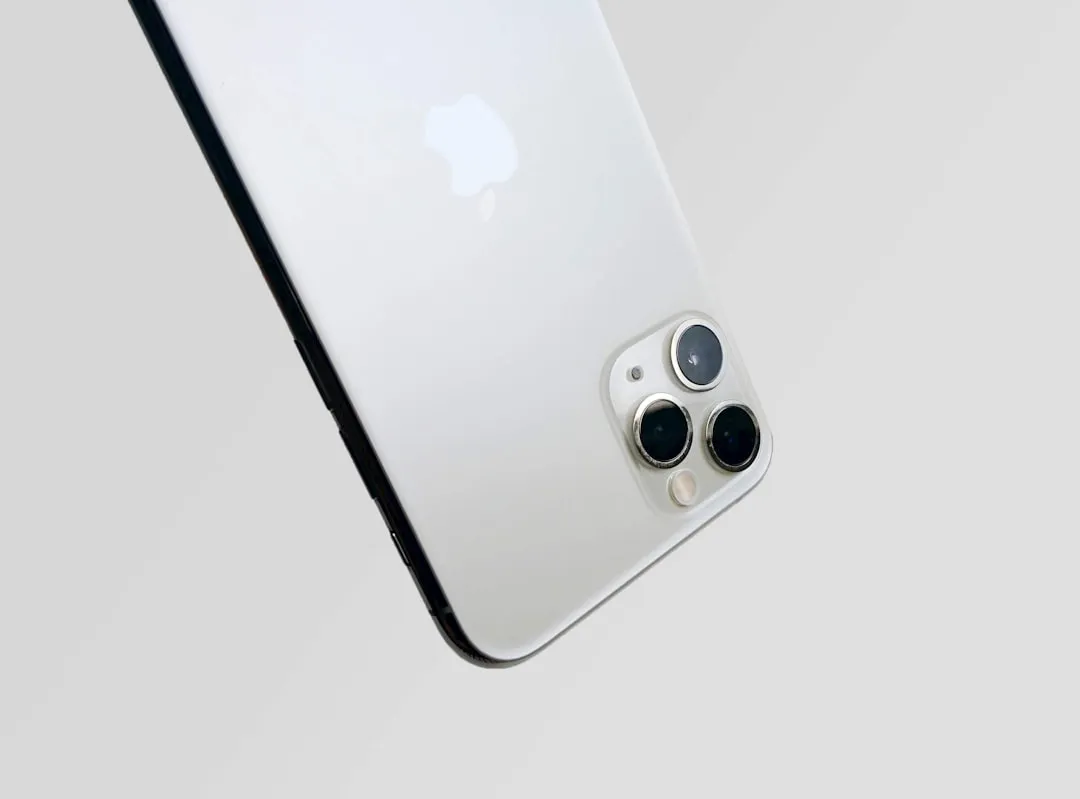

Comments
Be the first, drop a comment!